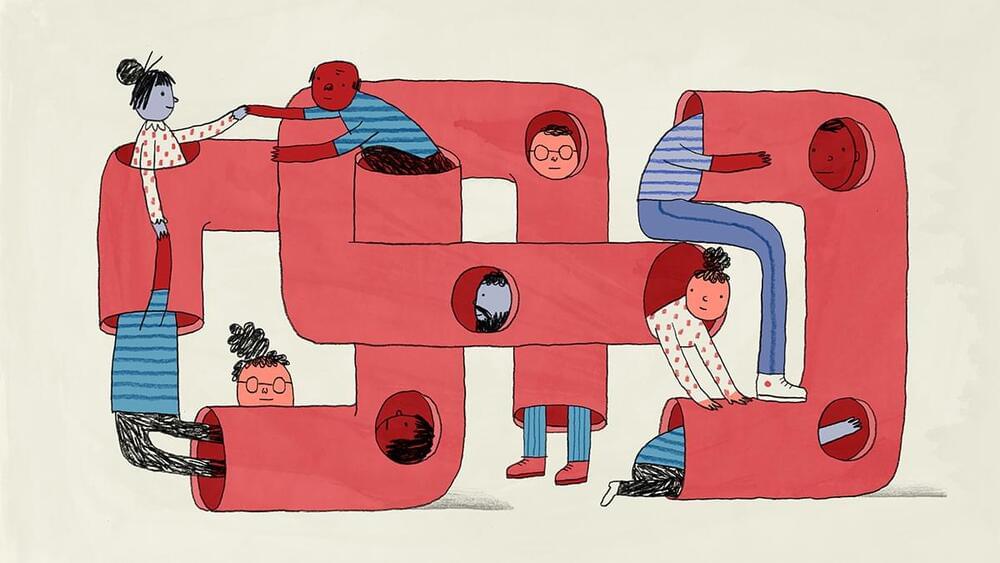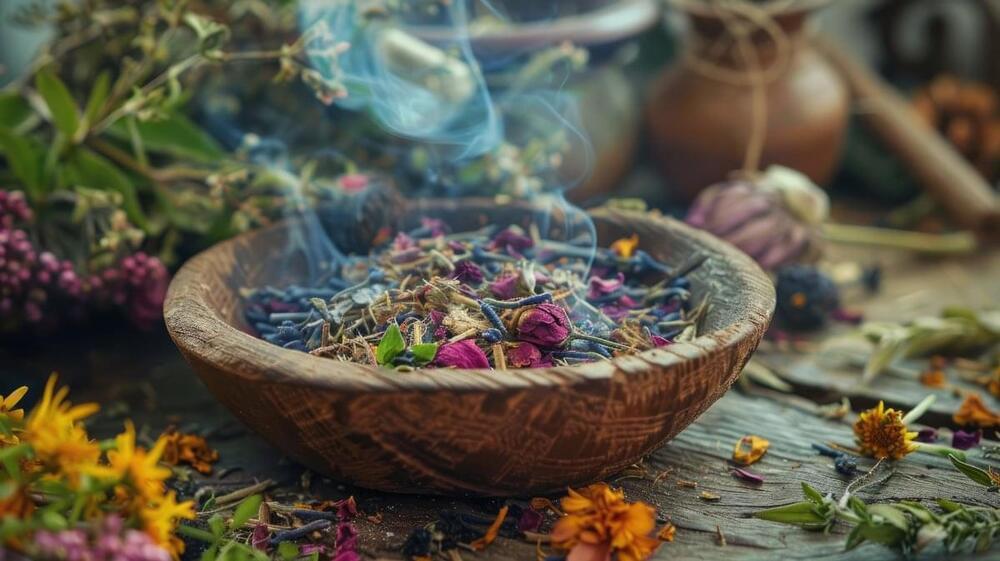Increasingly, AI systems are interconnected, which is generating new complexities and risks. Managing these ecosystems effectively requires comprehensive training, designing technological infrastructures and processes so they foster collaboration, and robust governance frameworks. Examples from healthcare, financial services, and legal profession illustrate the challenges and ways to overcome them.
Page-utils class= article-utils—vertical hide-for-print data-js-target= page-utils data-id= tag: blogs.harvardbusiness.org, 2007/03/31:999.397802 data-title= A Guide to Managing Interconnected AI Systems data-url=/2024/12/a-guide-to-managing-interconnected-ai-systems data-topic= AI and machine learning data-authors= I. Glenn Cohen; Theodoros Evgeniou; Martin Husovec data-content-type= Digital Article data-content-image=/resources/images/article_assets/2024/12/Dec24_13_BrianRea-383x215.jpg data-summary=
The risks and complexities of these ecosystems require specific training, infrastructure, and governance.







